Put out a spread of delcious food for these majestic foragers
With honeybee and butterfly numbers deteriorating as a result of a variety of factors – one easy thing you can do to help is feed them. These annual and perennial flowers will provide a steady supply of nectar (carbohydrates) and pollen (protein) from spring to summer. You get the benefits of vibrant flowers and visits from these miracles of evolution year after year.
3 things to remember:
Let nature come to you
Some of these plants can be relatively expensive, so let anything you can’t identify reach maturity before clearing it with a lawnmower/pulling it. You never know what mother nature might grow or what kind of awesome creature might make its home there.
Steer clear of herbicides
When you use weed killer, you not only kill the flowers that would have grown there – you also deny the sustenance that it would have provided for other wildlife. Insecticides will significantly diminish the survival odds for all the insects in the habitat. Stick to fertilizer.
Keep the banquet open
Annuals will flower for much longer than perrenials, so it’s good to have a healthy mix of both no matter how large your garden is.
3 things to remember:
Let nature come to you
Some of these plants can be relatively expensive, so let anything you can’t identify reach maturity before clearing it with a lawnmower/pulling it. You never know what mother nature might grow or what kind of awesome creature might make its home there.
Fertilize, don’t poison
When you use weed killer, you not only kill the flowers that would have grown there – you also deny the sustenance that it would have provided for other wildlife. Insecticides will kill or diminish the survival odds for all the insects in the habitat. Stick to fertilizer, the results won’t disappoint you!
Keep the banquet open
Annuals will flower for much longer than perrenials, so it’s good to have a healthy mix of both no matter how large your garden is.
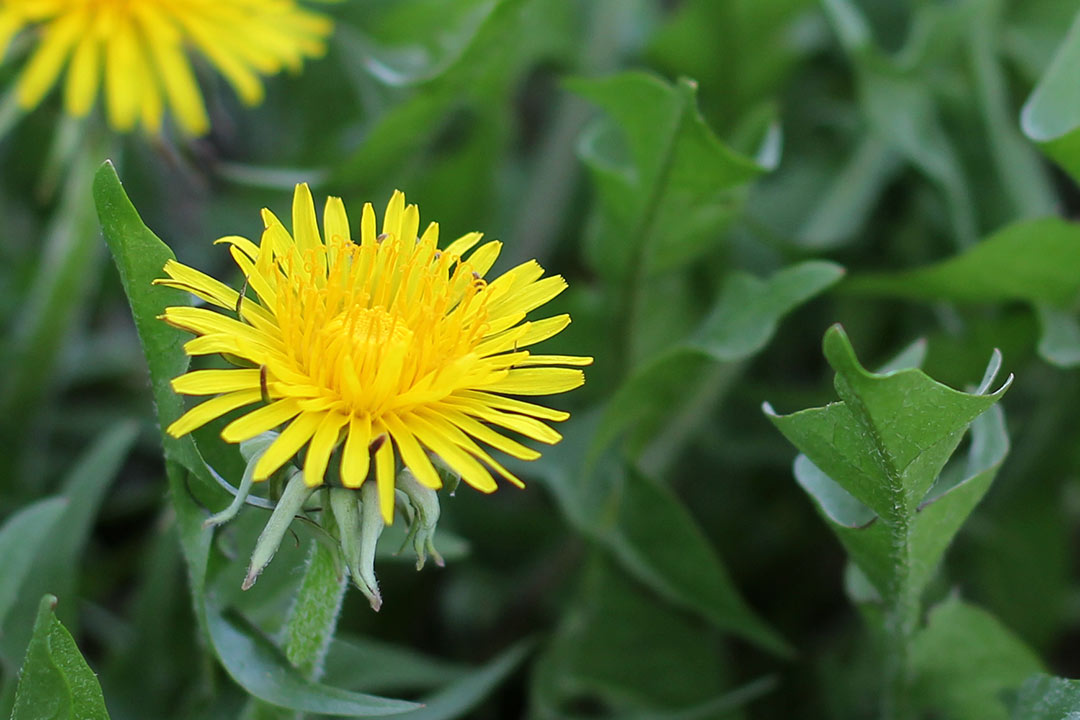
Taraxacum (Dandelions)
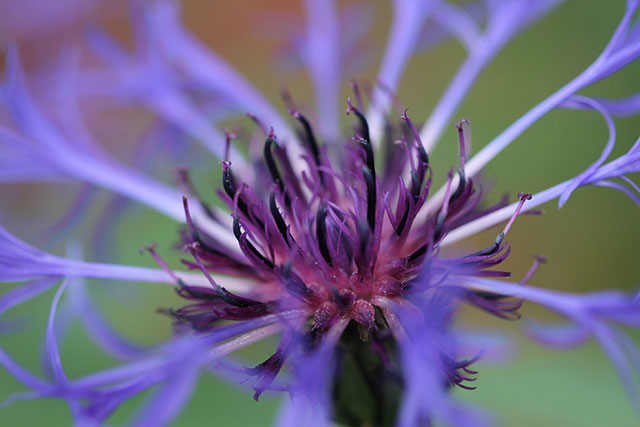
Centaurea montana (Bachelor's Button)

Taraxacum (Dandelions)

Centaurea montana (Bachelor's Button)
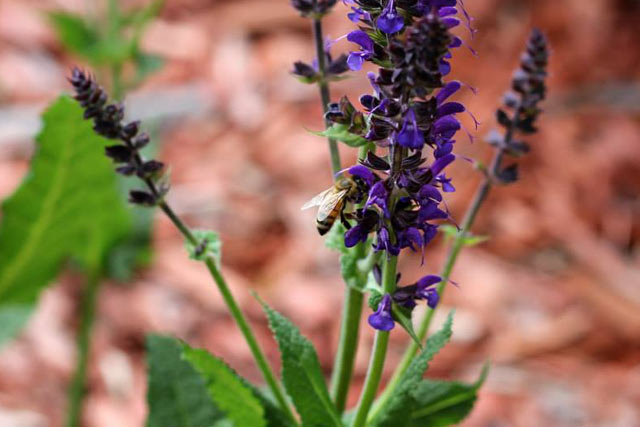
Salvia Nemorosa (May Night Sage)
Honeybees love purple flowers. I’ve got 11 of these plants and when they’re flowering there are multiple bees at every one from sun-up to sundown. They know where the good stuff is.
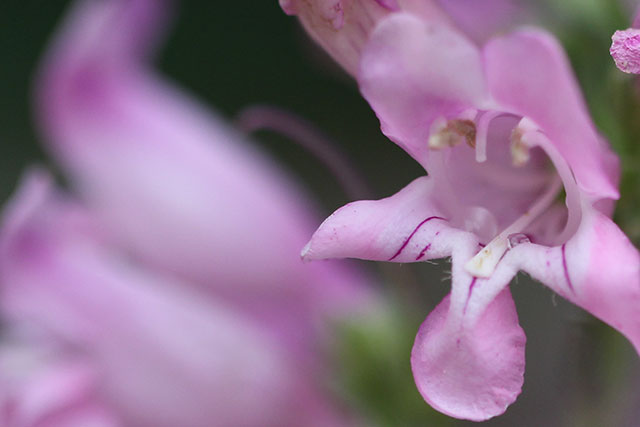
Penstemon (Beard Tongues)

Salvia Nemorosa (May Night Sage)
Honeybees love purple flowers. I’ve got 11 of these plants and when they’re flowering there are multiple bees at every one from sun-up to sundown. They know where the good stuff is.

Penstemon (Beard Tongues)
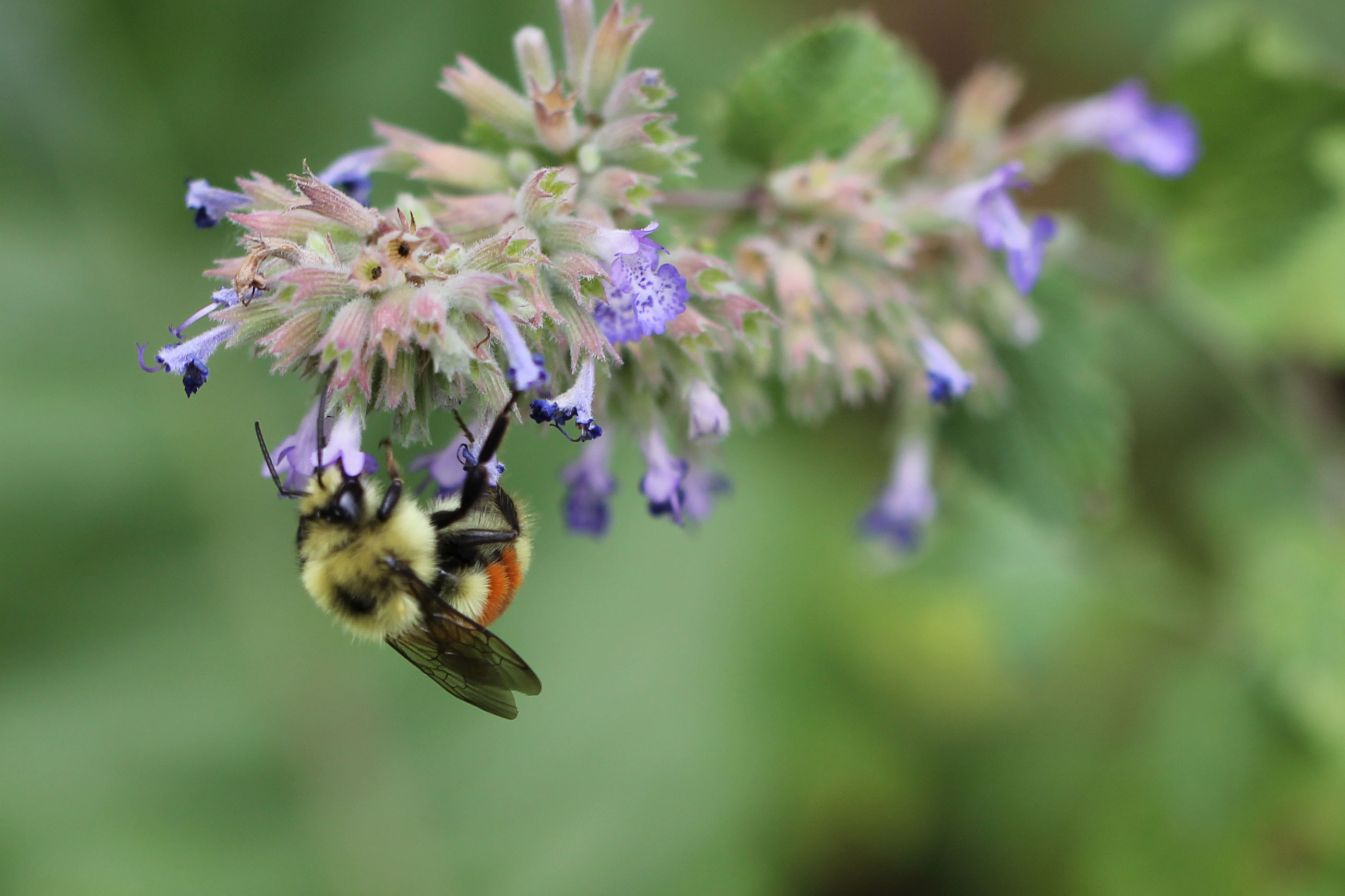
Nepita (Catmint)
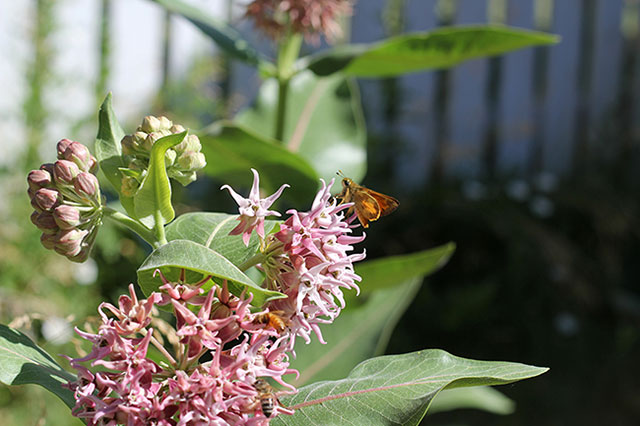
Asclepias speciosa (Showy Milkweed)

Nepita (Catmint)

Asclepias speciosa (Showy Milkweed)
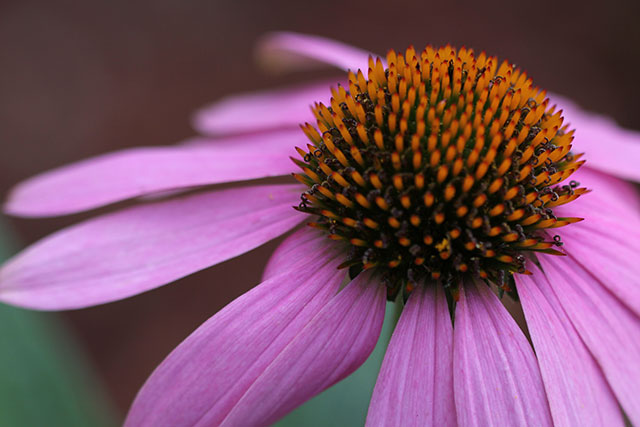
Echinacea (Coneflower)
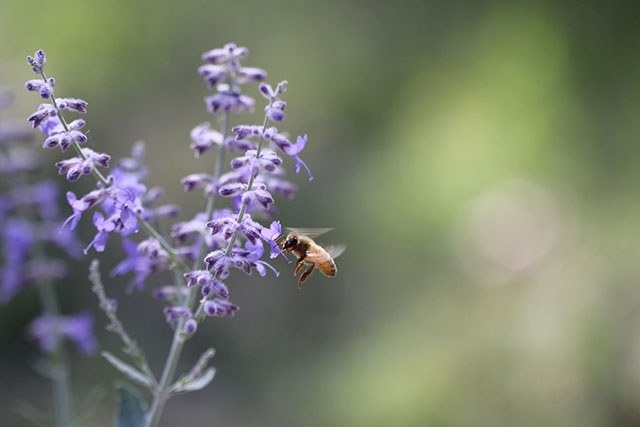
Perovskia Atriplicifolia (Russian Sage)

Echinacea (Coneflower)



